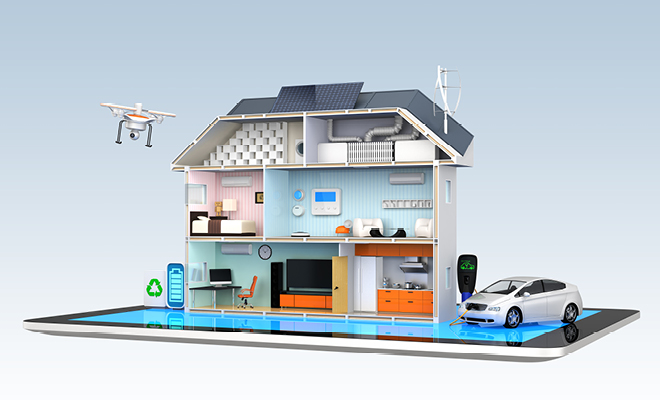4, 3, 2, 1 Ground Control to Major Code Updates

As we ring in the new year, on January 1, 2020, the 2019 California Energy Code (CEnC) goes into effect. Yes, you read that correctly, meaning T-minus six months until the CEnC and other code updates launch. WHA has been monitoring these four areas closely to prepare ourselves and our clients:
4) Demand Response Options: Shifting energy use from peak to off-peak periods, utilizing battery storage and heat pump water heaters.
3) Indoor Air Quality: Creating healthier homes by improved air circulation and filtration with whole house fans and high-efficiency filters.
2) Building Envelope: Keeping the warm air out in the summer and in during winter by implementing high-performance attics, walls, and windows.
1) Solar: Producing renewable energy with every new home; a solar-standard home will be the new baseline measurement for energy modeling.
Solar, by far, has been the most discussed aspect of these changes within our office, addressing such questions as: “What can be done during site planning? What does it mean for our roof designs? How does it impact architectural styles?”
3) Site Planning? Design our site plans with the understanding of what the product is, what the roof configuration may be, and figure out the best way to lay out sites for preferred solar orientation. Might this mean losing units? Yes. On the bright side, we can address this early in the design process through strategic conversation and analysis.
2) Roof Design? Simple! Literally, make them simple; the more complicated the roof, the harder it is to get enough roof real estate for the necessary number of solar panels. Soon, “solar ready” roofs won’t be enough; we now have to place the panels and ensure they work. Thankfully the solar zone has widened from 110°–270°, to 90°–300°. This is a helpful increase to effectively locate PV panels. Successfully designing for solar also happens by working closely with the solar consultants in a more educated and integrated approach.
1) Architectural Styles? The key is having roofs that work, are style appropriate, and are not monotonous along the street scene. A difficulty is fitting solar panels on hip roofs versus the more accommodating gable or flat roofs. Here’s where our designers shine—rethinking creative and practical solutions within new constraints.
Prepare and plan. Innovate and create. Implement and succeed. WHA is here to help you face these new challenges and conquer them.




Leave a Reply